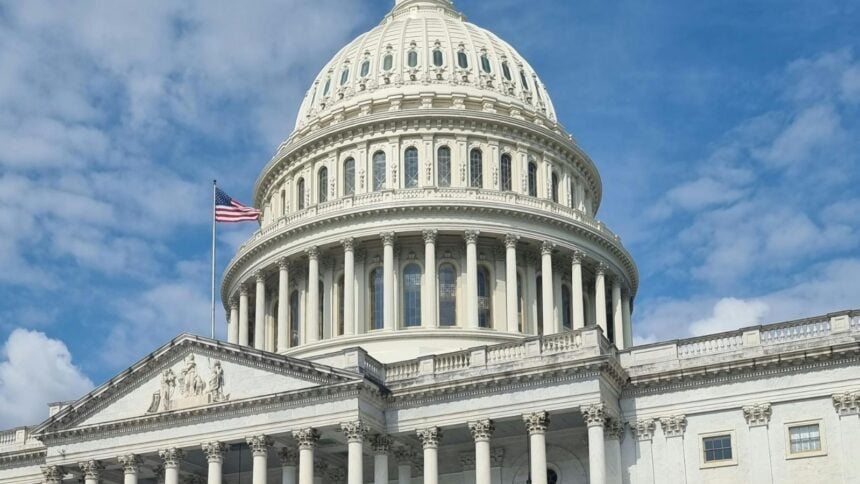The U.S. Treasury will conduct a $4 billion debt buyback on Oct. 16, targeting nominal coupon securities maturing from October 2032 through October 2035.
The operation is labeled liquidity support, aimed at improving trading conditions in off the run notes, or older issues that can trade less actively than current benchmarks.
The department uses funds in its account at the Federal Reserve to retire specific outstanding securities and can pair those purchases with new issuance elsewhere on the curve.
This means the program is intended to smooth market functioning without changing the stance of the Federal Reserve or expanding the Fed’s balance sheet. The approach differs from quantitative easing, which involves the central bank buying Treasuries as part of monetary policy.
The modern buyback program restarted in 2024 after a long hiatus and has evolved through quarterly updates.
In its late July refunding materials, Treasury said it would increase the frequency of operations in the 10 to 20 year and 20 to 30 year sectors while maintaining existing per operation limits, and continue to run one operation per quarter in other maturity buckets.
A preliminary list of eligible securities was set to be published at 11:00 a.m. ET on the announcement date, with the final list released at 11:00 a.m. ET on the operation date.
Dealers and other eligible participants submit offers during the 20 minute window, and results typically follow shortly after the close.
The targeted 7 to 10 year sector is a core segment of the Treasury curve that influences mortgage rates and corporate borrowing costs, so even modest official flows can affect relative value, bid ask spreads, and the tone of trading through the afternoon.
The current schedule shows a $4 billion operation on Oct. 22 focused on the 2 to 3 year sector, as well as a $2 billion operation on Oct. 28 in the 20 to 30 year sector.
Buyback days can temporarily richen the specific off the run CUSIPs Treasury is willing to purchase, which may create opportunities for relative value trades versus on the run benchmarks.



















